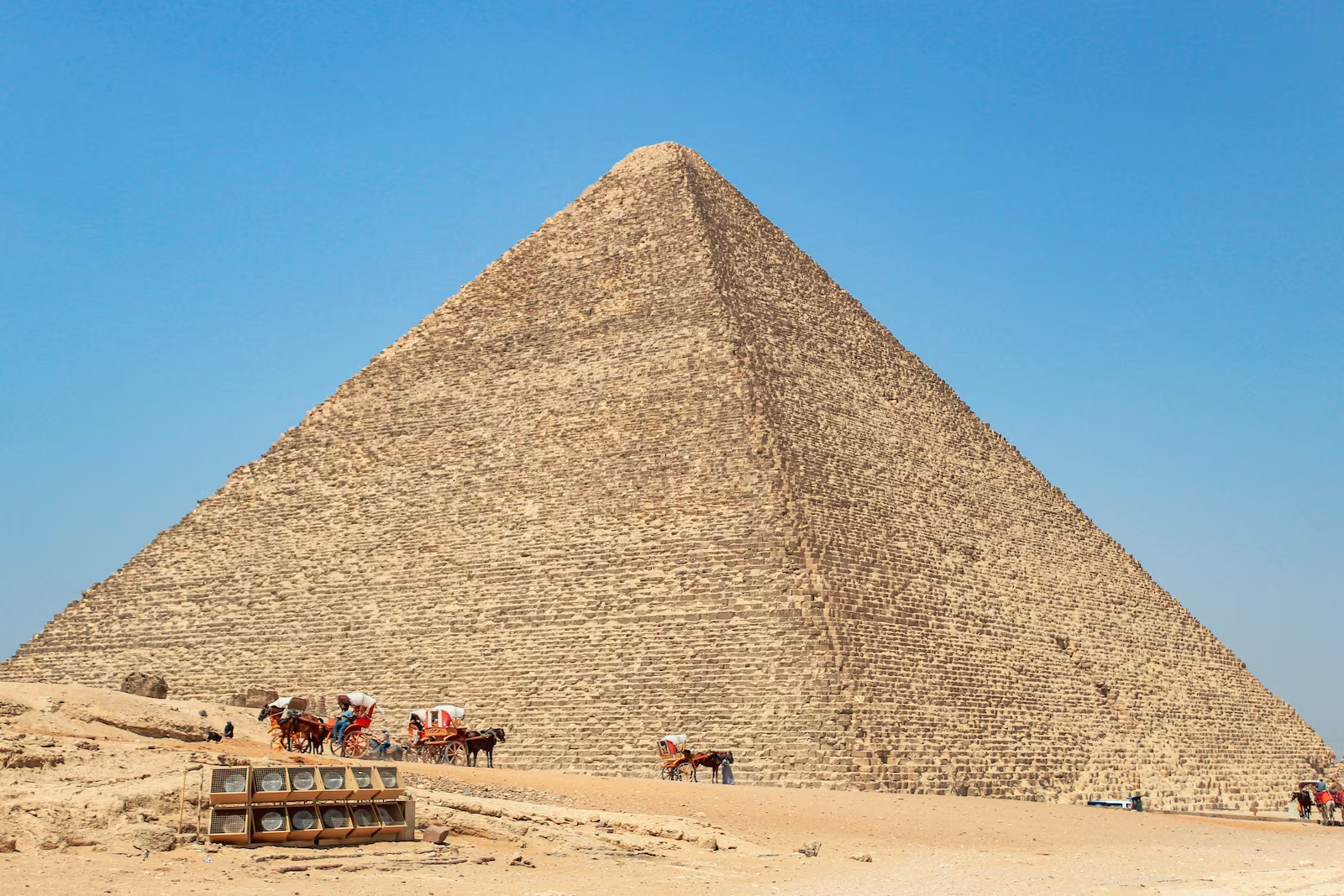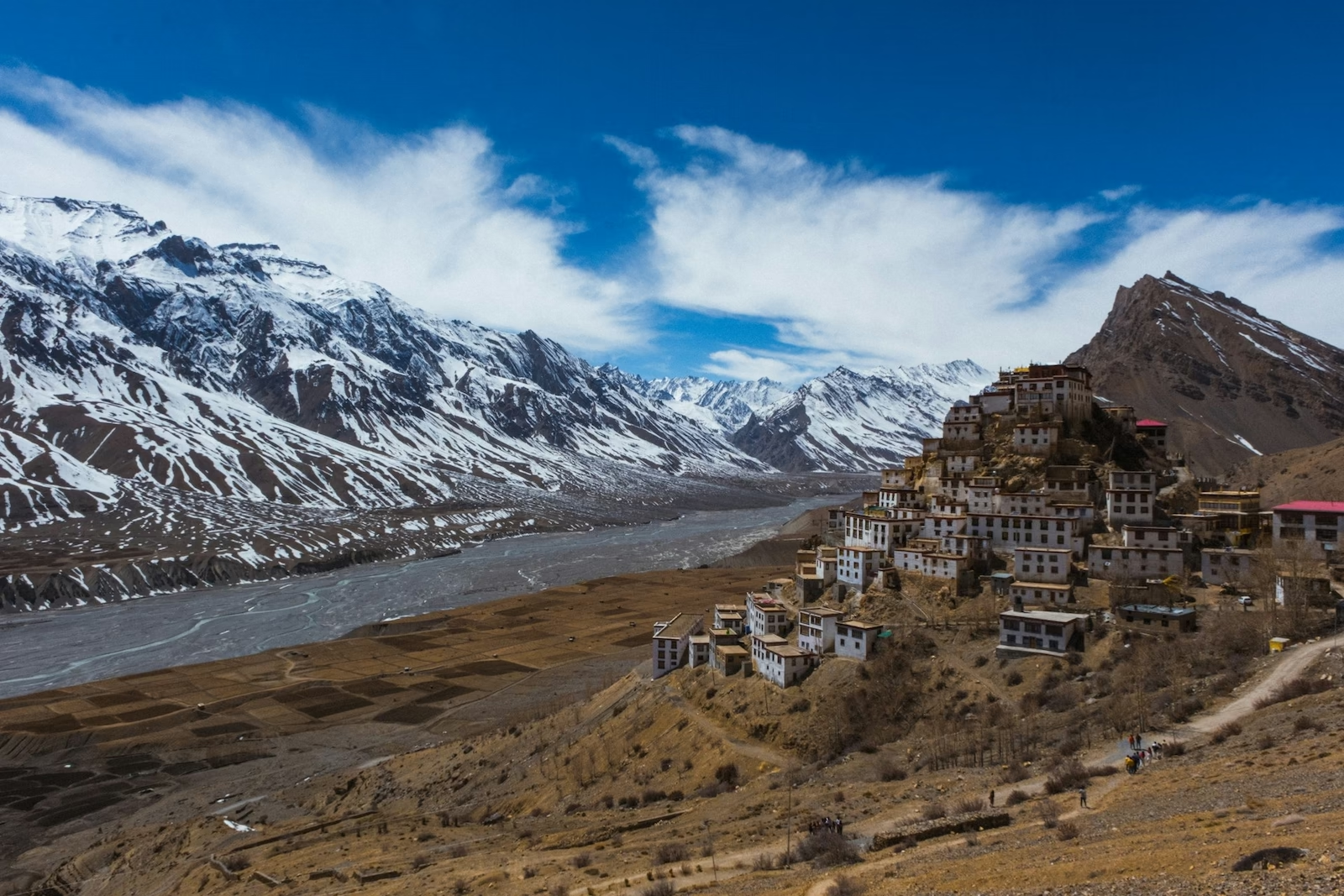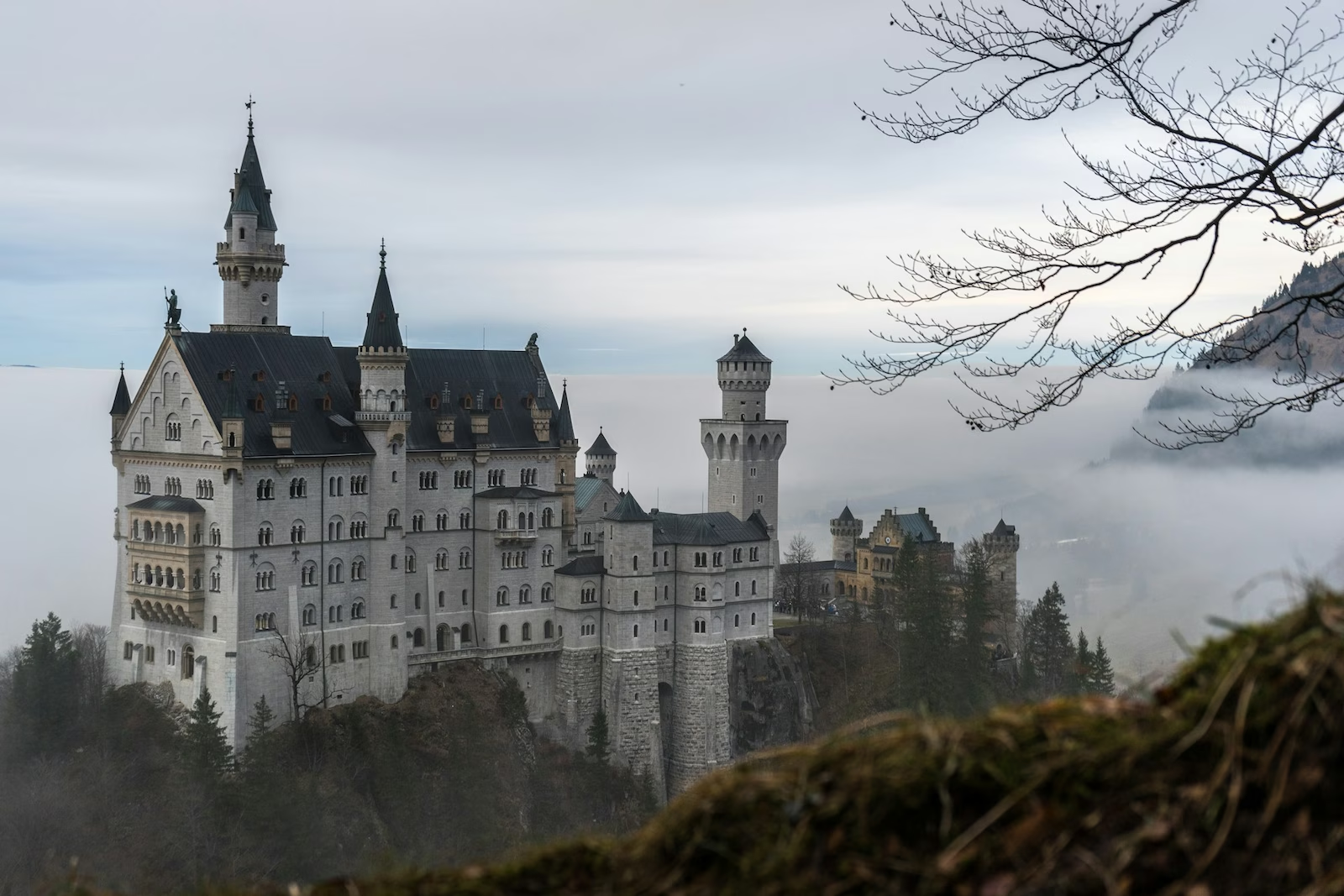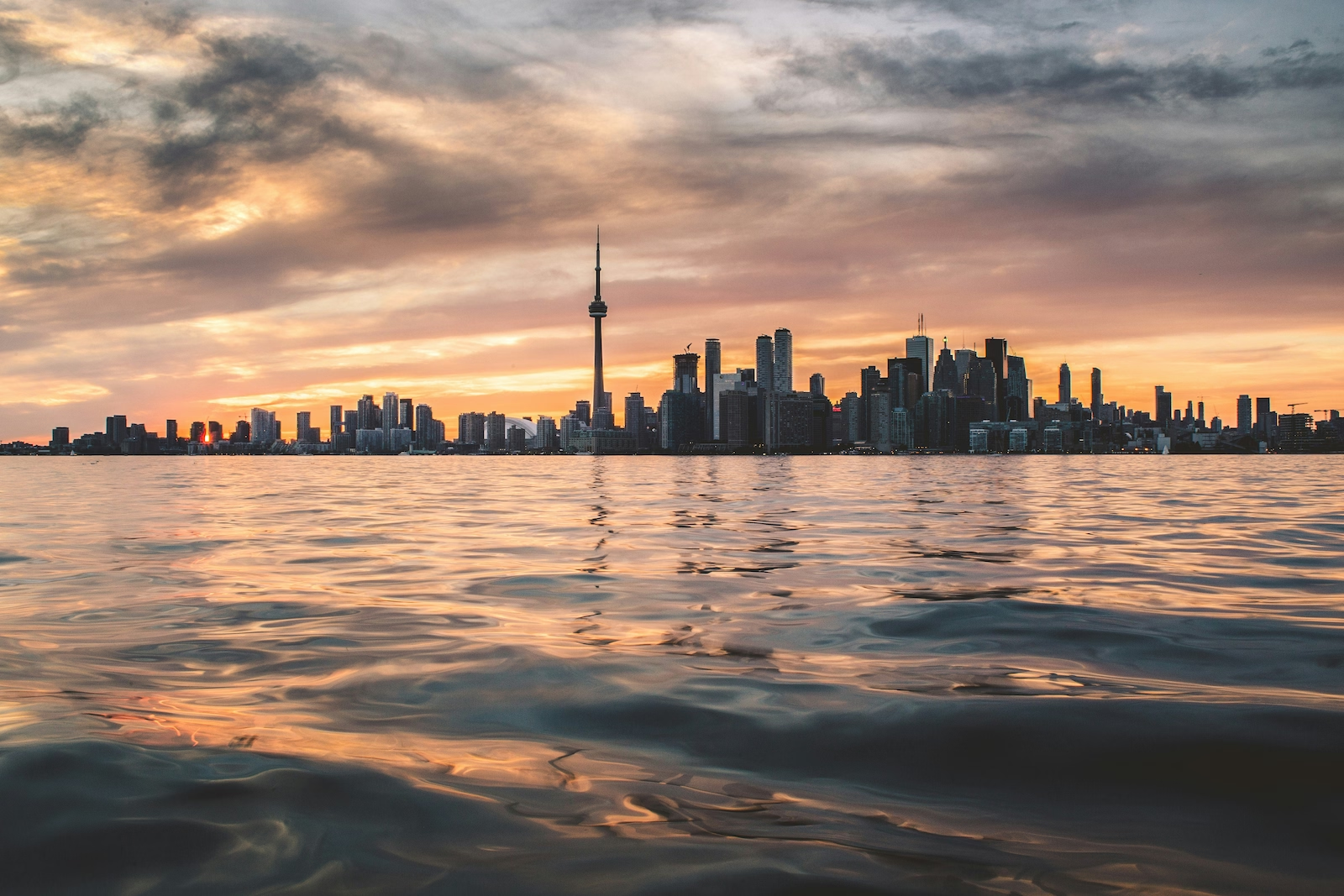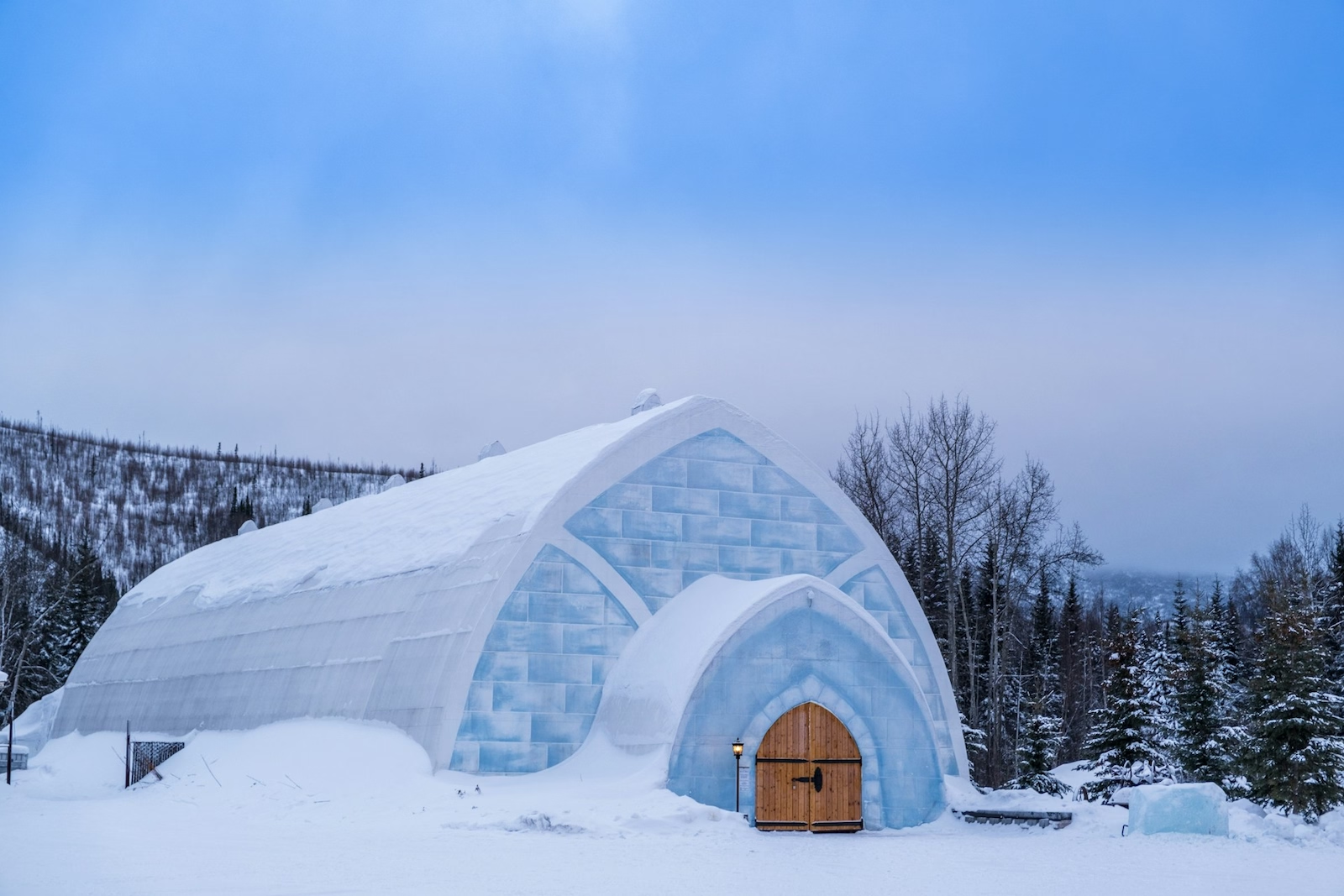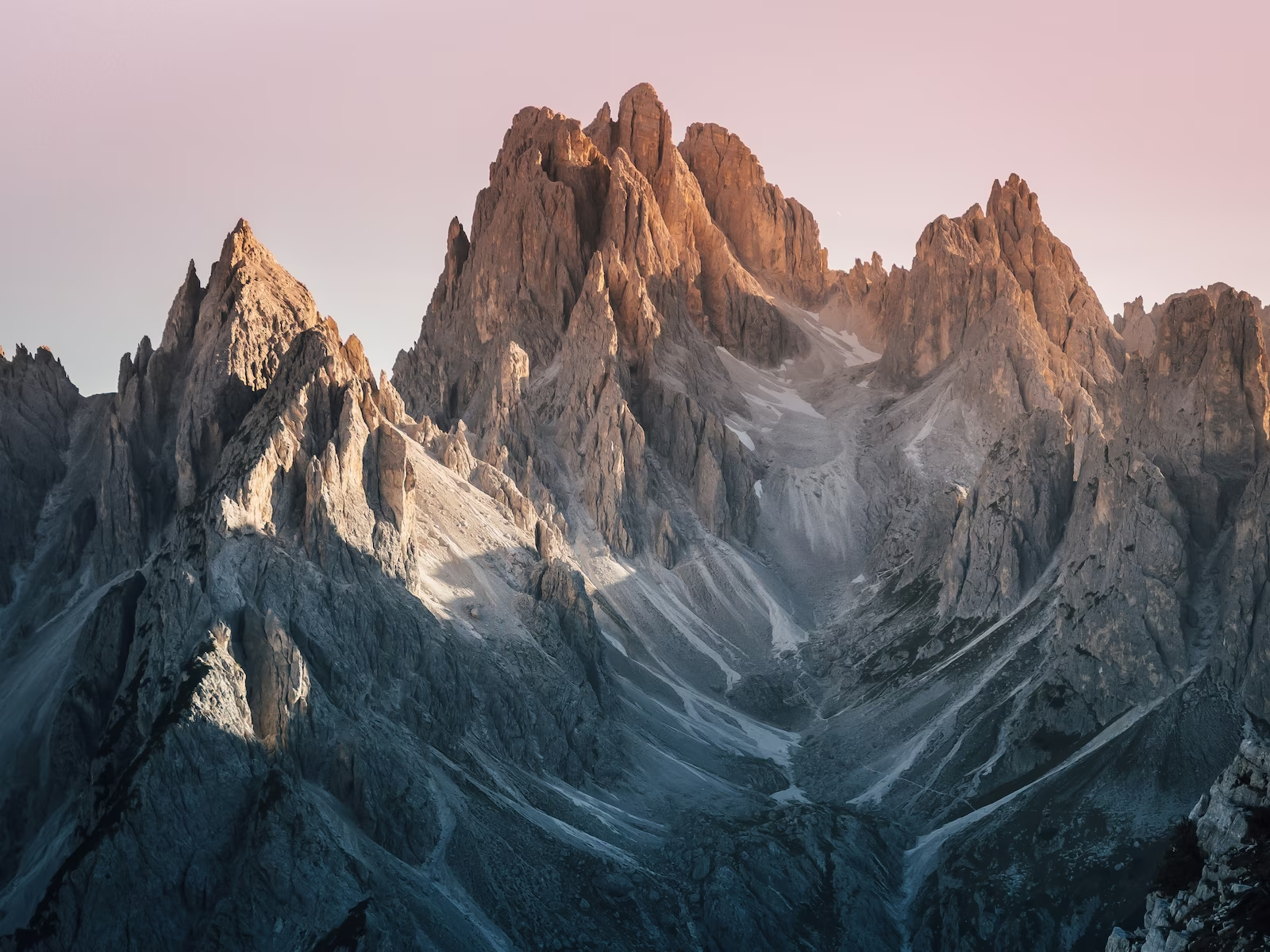Giza is more than just a destination; it is a gateway to ancient history. Located on the outskirts of modern Cairo, this area is one of the world's most iconic archaeological sites. This guide outlines the eight main attractions in Giza that you need to explore.
The 8 Main Attractions in Giza
The Giza Plateau, on the outskirts of Cairo, is one of the world's most iconic archaeological sites. The Giza Plateau is a UNESCO World Heritage site and the foundation of the entire complex, serving as a core location for most attractions in Giza.
1. Giza Necropolis Tours
A guided tour is the most effective way to experience the Giza Plateau, this tour reveales the scale and ambition of ancient Egyptian civilization. These tours, often led by expert guides, help visitors navigate the expansive plateau efficiently. They cover the essential monuments while explaining their historical and cultural significance. Many tours also offer combination tickets that include access to the Grand Egyptian Museum, creating a complete historical experience.
2. The Great Pyramid
The Great Pyramid is the oldest and largest of the three, built as a tomb for Pharaoh Khufu around 2580 BC. Visitors can view the exterior or choose to enter the pyramid, navigating its narrow interior passageways that lead to the main burial site, the King's Chamber.
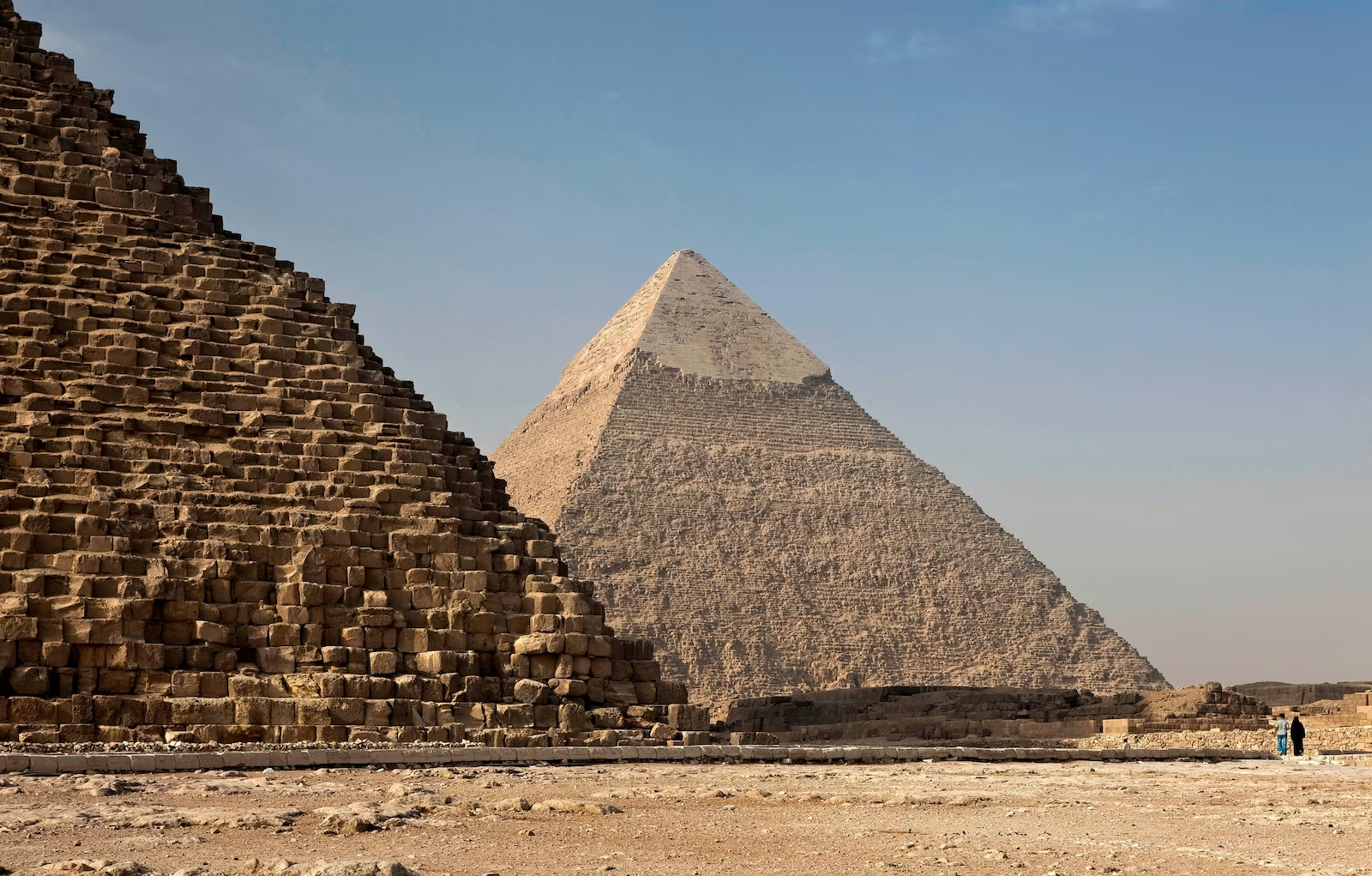
3. The Pyramid of Khafre
Pharaoh Khafre's pyramid is defined by two key features: its elevated location creates an illusion of greater height, and it is the only pyramid that retains part of its original smooth limestone apex. The site also includes the ruins of its associated mortuary temple and causeway.
4. The Pyramid of Menkaure
The Pyramid of Menkaure is the smallest of the three main Giza pyramids. It was built for Pharaoh Menkaure and features a complex with three smaller pyramids for queens. The pyramid's reduced size and granite casing stones mark a distinct phase in pyramid building.
5. The Great Sphinx
As the world's oldest monumental sculpture, the Great Sphinx is a defining symbol of Giza. The statue, bearing a pharaoh's head on a lion's body, is commonly identified as Khafre. It sits as a guardian of his pyramid complex, and its famously missing nose was a result of intentional damage long after its construction.
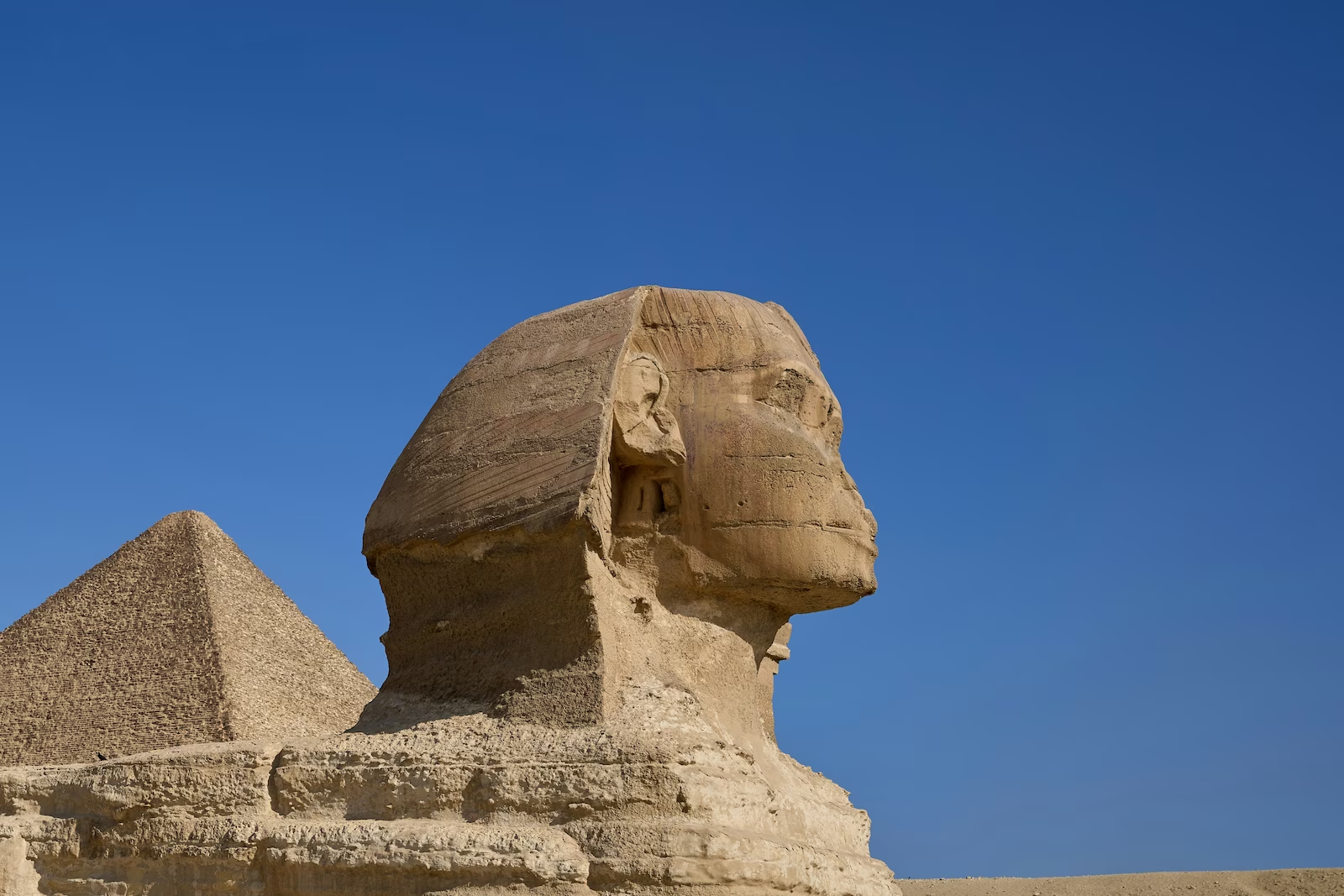
6. The Grand Egyptian Museum
The Grand Egyptian Museum now houses one of Giza's most significant finds: Khufu's Solar Boat. This perfectly preserved vessel, discovered in pieces near the Great Pyramid, was meticulously reassembled. Viewing this masterpiece and thousands of other artifacts is a key reason to include a Grand Egyptian Museum tour with a plateau visit.
7. The Tombs of the Nobles
Beyond the royal pyramids lie extensive cemeteries of mastaba tombs for officials and family members. These tombs are vital for understanding non-royal Egyptian society, as their detailed wall scenes illustrate daily life. They are commonly included in Giza necropolis tours.
8. The Giza Plateau Quarry and Unexplored Areas
The geology of the plateau itself is an attraction. The southern edge features a large, trench-like area known as the quarry.
- The Giza Plateau Staircase: This is a natural geological formation of limestone that resembles a giant staircase. It was part of the active quarry used to extract core blocks for the pyramids.
- Ongoing Archaeology: This area, along with other zones around the Sphinx, is the subject of ongoing research. There is a persistent interest in the possibility of undiscovered Pyramids of Giza underground chambers and tunnels, a topic that continues to drive new archaeological studies.
Uncover Egypt's stunning coastline in our guide to the Top Egypt Beach Destinations on the Red Sea.
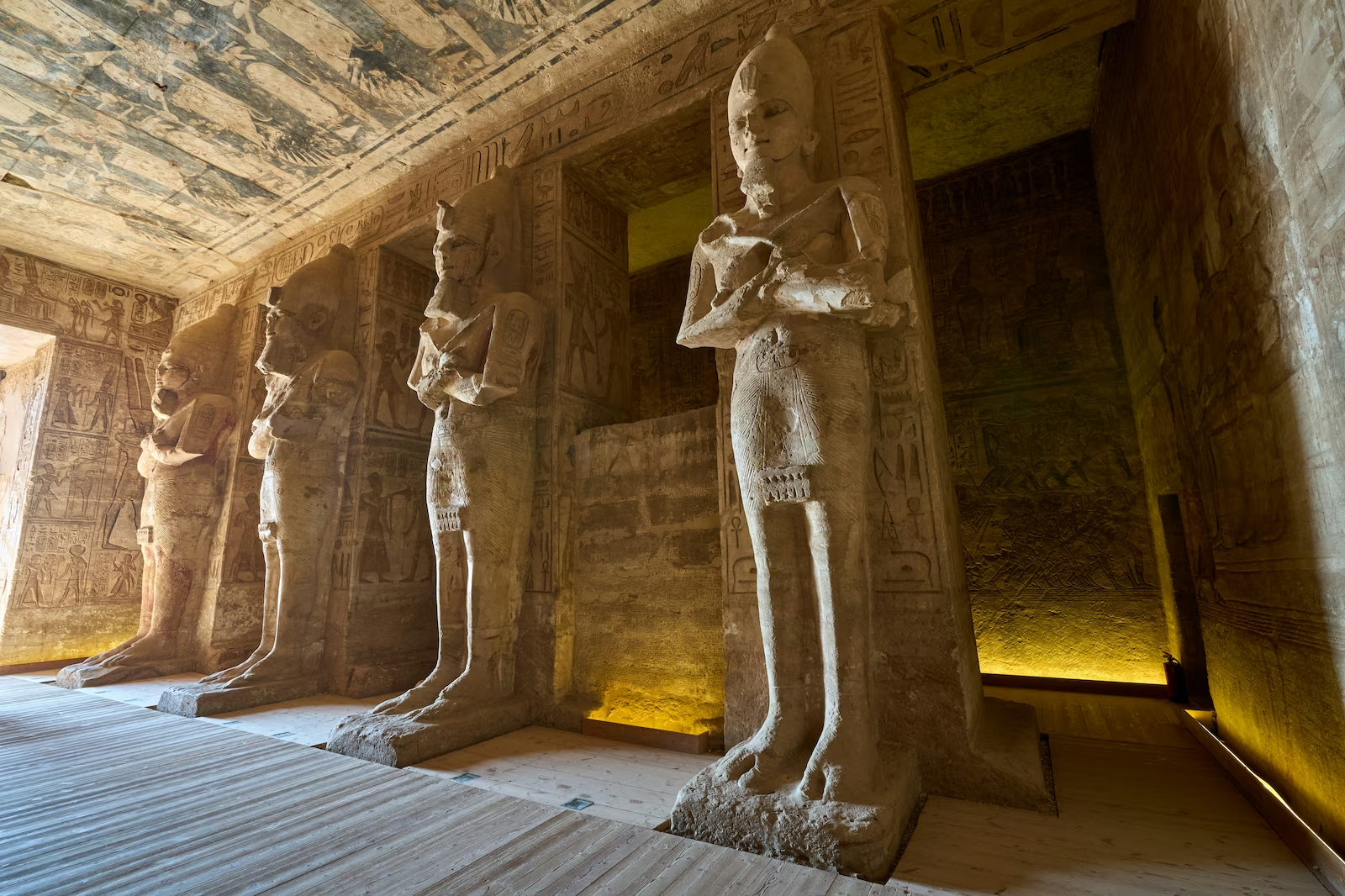
Planning Your Visit to Giza
A successful trip to the Giza Plateau requires some practical planning. Here are key tips to enhance your experience.
- Hire a Qualified Guide: The scale of the site can be overwhelming. A certified Egyptologist provides invaluable historical context you would otherwise miss.
- Arrive Early: The sites open at 7:00 AM. Arriving at opening time helps you avoid the largest crowds and the intense midday heat.
- Stay Hydrated: Bring a reusable water bottle. The desert sun is relentless, and shade is limited across the plateau.
- Dress for Sun and Sand: Wear a hat, sunglasses, and high-SPF sunscreen. Loose, light-colored clothing made from natural fibers is best for the heat and blowing sand.
- Be Prepared for Touts: The site is famous, and so are its persistent vendors. A simple, firm "No, thank you" (or "La, shukran" in Arabic) is the most effective response. Do not feel obligated to engage.
- Understand Ticket Options: Entrance tickets for the main plateau, the interiors of the Great Pyramid, and the Solar Boat Museum are often sold separately. Check the official website for current pricing and availability before you go.
